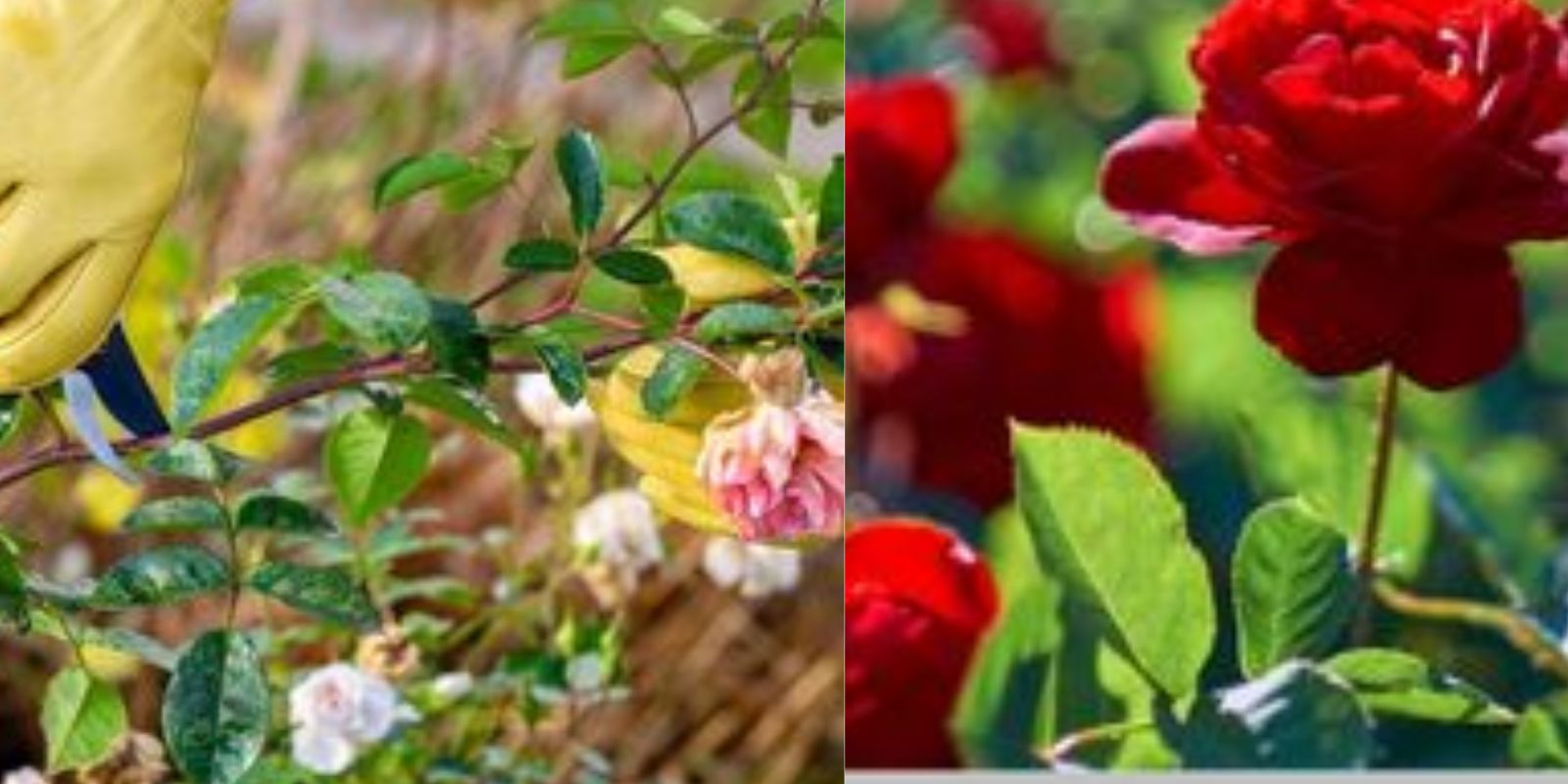Introduction
Pruning roses is not just about shaping bushes; it’s a nuanced practice that directly impacts the health, vigor, and flowering potential of these beloved garden beauties. Whether you’re a novice gardener or an experienced enthusiast, understanding the principles and techniques of rose pruning can elevate your gardening skills and ensure your roses thrive year after year. This guide dives deep into the art of pruning roses, covering everything from the basics to advanced techniques, empowering you to cultivate stunning blooms and maintain healthy rose bushes in your garden.
Why Prune Roses?
Pruning serves several essential purposes in rose care:
- Promotes Growth and Flowering: By removing old, dead, or diseased wood, pruning encourages the development of new, healthy growth and stimulates abundant flowering.
- Shapes and Controls Growth: Proper pruning helps maintain an attractive shape and size for your rose bushes, preventing them from becoming overgrown or unruly.
- Improves Air Circulation: Thinning out dense growth allows better airflow through the plant, reducing the risk of fungal diseases like powdery mildew and black spot.
- Removes Weak or Crossing Branches: Eliminating these branches prevents them from competing with healthy growth and rubbing against each other, which can cause wounds and infections.
Essential Tools for Pruning Roses
Before you begin, gather these essential tools:
- Pruning Shears: Choose a sharp, bypass-style pruning shear for clean cuts on stems up to 1/2 inch thick.
- Loppers: For thicker canes, use loppers with long handles to provide leverage and make clean cuts.
- Gloves: Wear sturdy gardening gloves to protect your hands from thorns and debris.
- Disinfectant: To prevent the spread of diseases, disinfect your pruning tools with rubbing alcohol or a diluted bleach solution between cuts, especially when moving between plants.
When to Prune Roses
Timing is crucial for effective rose pruning:
- Spring Pruning: Most roses benefit from a major pruning in early spring, just before they break dormancy and begin new growth. Aim to prune before new buds swell but after the last frost date in your area.
- Summer Pruning: Throughout the growing season, you can perform light pruning to remove spent flowers (deadheading) and shape the plant as needed.
- Fall Pruning: In cooler climates, perform a light pruning in late fall to remove dead or diseased wood and reduce the height of the plant to prevent wind damage.
Step-by-Step Guide to Pruning Roses
Follow these steps for successful rose pruning:
- Inspect the Rose Bush: Begin by examining the rose bush for dead, diseased, or damaged wood. Identify any weak or crossing branches that should be removed.
- Remove Dead and Diseased Wood: Using your pruning shears or loppers, cut back any dead, diseased, or damaged canes to healthy, green wood. Make clean cuts at a 45-degree angle just above a bud or outward-facing growth node.
- Thin Out Overlapping Canes: Identify and remove any canes that are crossing through the center of the plant or rubbing against each other. This opens up the center of the bush for better air circulation.
- Shape the Bush: Prune to shape the rose bush, aiming for an open, vase-like structure that allows sunlight and air to penetrate all parts of the plant. Cut back long or leggy branches to promote a compact, balanced shape.
- Reduce Height if Necessary: If your rose bush has grown taller than desired, prune back some of the tallest canes to encourage new growth lower down on the plant.
- Prune Hybrid Teas and Floribundas: For hybrid tea roses and floribundas, prune to leave 3-5 strong, healthy canes per plant. Cut these canes to a height of 12-18 inches above ground level.
- Prune Shrub and Climbing Roses: Shrub roses and climbing roses may require less aggressive pruning. Focus on removing dead or weak growth and shaping the plant to maintain its natural form.
- Clean Up Debris: Once you’ve finished pruning, remove all pruned branches and debris from around the base of the rose bush. This helps prevent the spread of diseases and pests.
Advanced Pruning Techniques
For experienced gardeners looking to refine their skills, consider these advanced techniques:
- Renewal Pruning: Periodically rejuvenate older or neglected rose bushes by removing all canes to 6-12 inches above ground level. This encourages vigorous new growth and restores the plant’s health.
- Pruning Climbing Roses: Train and prune climbing roses to encourage lateral growth along supports or trellises. Prune side shoots to 3-5 buds to promote flowering along the entire length of the cane.
- Deadheading: Regularly remove spent flowers throughout the growing season to encourage continuous blooming and prevent the formation of hips, which can divert energy from flower production.
Post-Pruning Care
After pruning, provide your roses with proper care to support healthy growth and abundant flowering:
- Watering: Ensure your roses receive adequate water, especially during dry periods. Water deeply at the base of the plant to encourage deep root growth.
- Fertilizing: Apply a balanced fertilizer formulated for roses in early spring and again after the first bloom cycle to provide essential nutrients for vigorous growth and flowering.
- Mulching: Apply a layer of organic mulch around the base of your roses to retain moisture, suppress weeds, and insulate roots from temperature fluctuations.
- Monitoring for Pests and Diseases: Regularly inspect your roses for signs of pests such as aphids or diseases such as black spot. Treat infestations promptly with appropriate measures to prevent damage to your plants.
Conclusion
Pruning roses is both an art and a science, requiring careful consideration of each cut’s impact on the plant’s health and appearance. By mastering the techniques outlined in this guide and adapting them to your specific rose varieties and garden conditions, you can ensure your roses thrive with lush foliage and abundant blooms season after season. Embrace the opportunity to nurture your roses through thoughtful pruning practices, and enjoy the rewards of a vibrant and flourishing garden filled with the timeless beauty of roses.

